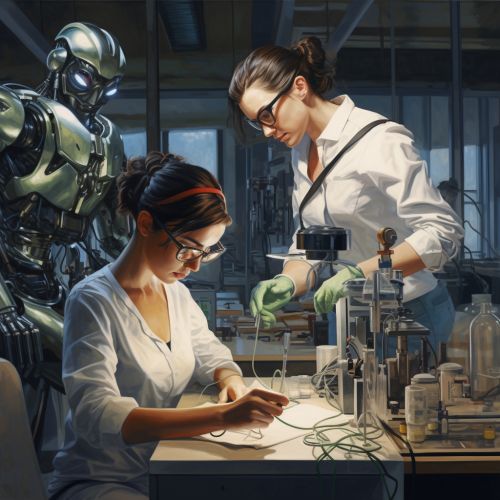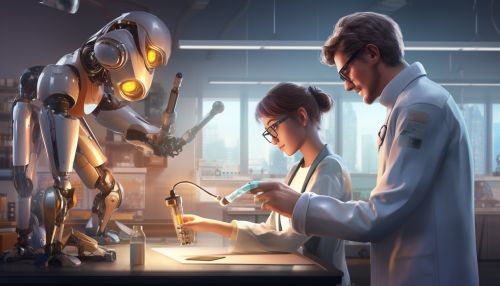The Science of Human-Robot Interaction and Collaboration
Introduction
The science of human-robot interaction and collaboration is an emerging field that focuses on understanding, designing, and evaluating robotic systems for use by or with humans. This field is highly interdisciplinary, drawing on advances in computer science, mechanical engineering, materials science, psychology, cognitive science, and social science.


History
The history of human-robot interaction is a chronicle of how humans have imagined, developed, used, and revised their understanding of robots. The concept of a robot has been with us for a long time, and the ancient Greeks had myths about mechanical servants made by the gods. In the 20th century, the term "robot" was coined by Czech writer Karel Čapek in his play R.U.R. (Rossum's Universal Robots), and since then, the development of robots has been largely driven by advancements in technology and industry.
Theoretical Foundations
The theoretical foundations of human-robot interaction are based on principles and theories from a variety of disciplines. From computer science and engineering, principles of robotics, artificial intelligence, and machine learning provide the technical basis for designing and building robots. From psychology and cognitive science, theories of human cognition, perception, and social interaction provide the basis for understanding how humans might interact with robots.
Human-Robot Collaboration
Human-robot collaboration is a specific focus within the broader field of human-robot interaction. It involves designing robots that can work alongside humans, assisting them in tasks that may be dangerous, tedious, or physically demanding. These collaborative robots, or "cobots", are designed to be safe for close interaction with humans, and often include features such as force sensing to avoid causing injury or damage.
Current Research and Applications
Current research in human-robot interaction and collaboration is focused on developing more sophisticated and capable robots, improving the safety and effectiveness of human-robot interaction, and exploring new applications for robots. In particular, researchers are interested in how robots can be used in healthcare, education, and industry.
Future Directions
The future of human-robot interaction and collaboration is likely to involve more sophisticated robots, more widespread use of robots in society, and more nuanced and complex interactions between humans and robots. As robots become more capable and autonomous, issues of trust, privacy, and ethics will become increasingly important.
